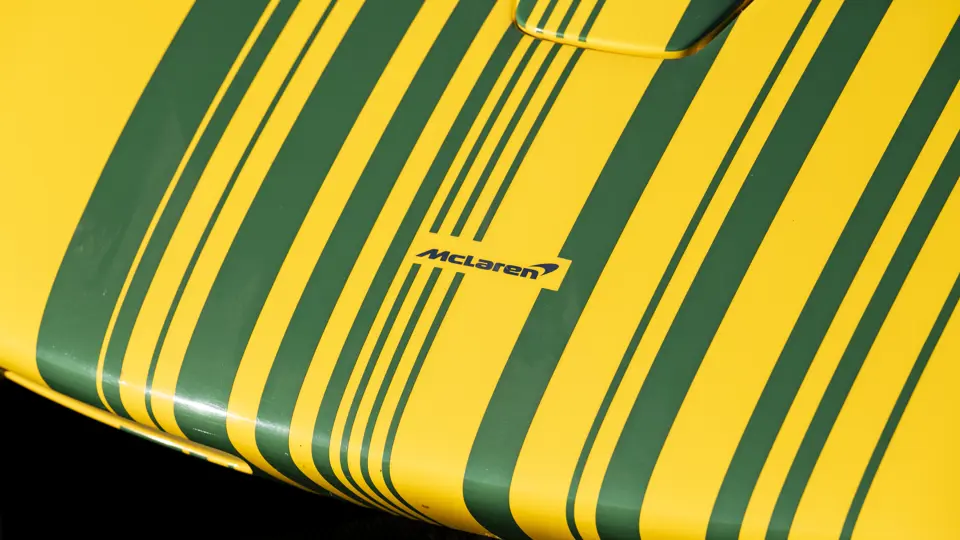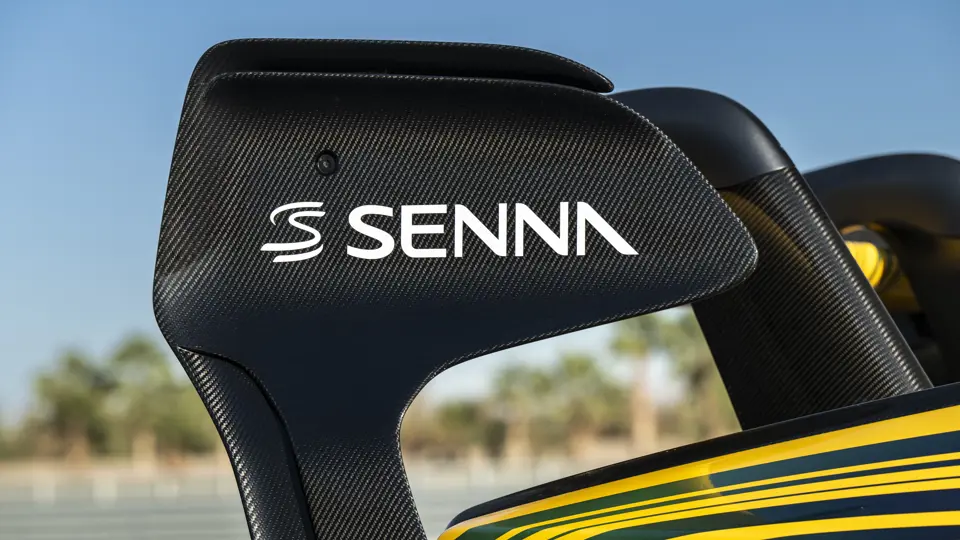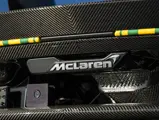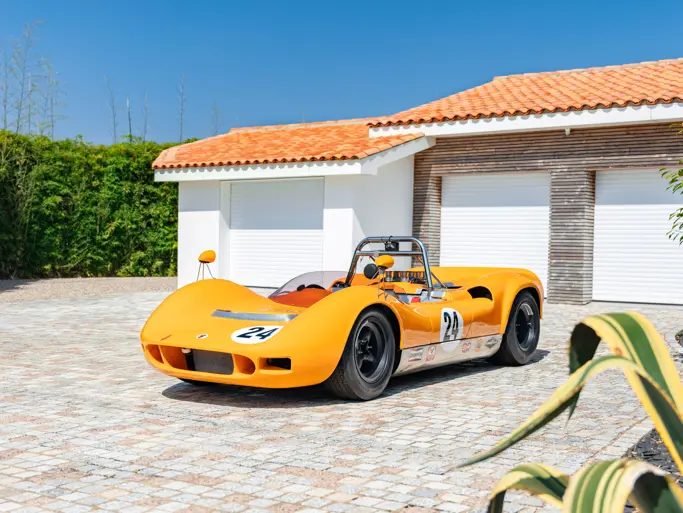
2020 McLaren Senna GTR
{{lr.item.text}}
$973,000 USD | Sold
{{bidding.lot.reserveStatusFormatted}}
- An incredibly exclusive and more powerful Senna GTR, devised by McLaren Special Operations
- Number 73 of 75 Senna GTRs built
- Original MSRP of $1.78 million, with nearly $75,000 in MSO options
- Stunning livery inspired by Ayrton Senna’s racing helmet
- Allocated a more powerful GTR LM-specification engine with 833 bhp and 9,000-rpm rev limit
- Showing 871 km (541 mi.) on the odometer at cataloguing time
When McLaren decides to anoint one of its models with the GTR moniker, it is not without serious consideration and forethought. Only three times in the past 30 years have products from Woking been considered worthy, and the original GTR, the 1995 McLaren F1 GTR, can claim an outright victory at the 24 Hours of Le Mans in its long list of accolades. At a time when hypercars are being unveiled with increasing frequency, each one promising unparalleled levels of performance, it is those with proven racing pedigree that deliver on the prelaunch promises and command the most respect. None come with more pedigree than a GTR version of a McLaren dedicated to the memory of Formula One racing legend Ayrton Senna, its most successful racing driver.
Whereas the McLaren Senna was conceived from the outset to be the most track-focused road car McLaren had ever built, the GTR version is intended to simply be the fastest track car McLaren has ever built, other than a fully-fledged Formula One car. Mike Flewitt, CEO of McLaren Automotive, summarized the ethos of the project, saying that by being “free from the constraints of road-car legislation and motorsport competition rules, we have pushed the limits of what is technically possible to advance circuit driving capability to another level entirely.”
Somewhat conspicuously, the engine remains the same M840TR 4.0-liter turbocharged V-8 as found in the standard Senna, featuring dry sump lubrication, lightweight materials for the connecting rods and pistons, and a pair of ultra-low-inertia, twin-scroll turbochargers, equipped with electronic wastegates for instant throttle response. However, as the GTR was never intended to be made road-legal, the secondary catalysts are removed from the Inconel and titanium exhaust system, which helps free up more power, bringing the headline figures to a colossal 814 bhp and 590 pound-feet of torque. It will therefore out-accelerate a standard Senna, meaning a 0–60 mph time of less than 2.8 seconds and a 0–124 mph time of less than 6.8 seconds.
Whereas the changes to the powertrain can rightly be considered as tweaks, the changes to the aerodynamics are far more comprehensive. Indeed, the GTR takes the already unparalleled levels of aero performance offered by the Senna to another level. At the front, the reprofiled front splitter has vortex generators on the outside edges to smooth airflow underneath the car, whilst at the rear, the gargantuan rear wing is now mounted on LMP1-style endplates, located further back and higher in the airstream. Whereas the Senna could generate 1,764 pounds of downforce at 155 mph, the GTR raises the bar to over 2,205 pounds and can muster the same figures as the standard Senna at 15-percent lower speeds.
Remarkably, the refinements come with no cost to the drag coefficient, which remains the same as the road car. The carbon fiber Monocell III-R tub also remains the same as that of the roadgoing variant, however front track is increased, and new ultra-lightweight forged alloy wheels wrapped in bespoke slick Pirelli P-Zero tires take the place of the heavier roadgoing variants, themselves shod in rubber naturally compromised for street use. Since the car had no requirement to navigate speed humps or road imperfections, the suspension was fixed and optimized for the track. The result of these changes is a marked improvement in mechanical grip to improve performance in slower-speed corners, where aerodynamic performance is less important.
Active aero elements also remain a feature at the front and rear, with nose winglets to guide air either underneath the body for downforce, or through the radiators and oil coolers when required. In addition, the enormous rear wing is controlled by hydraulics and moves constantly to suit the driving scenario, either to act as an airbrake, increase downforce, or trim drag as part of an active Drag Reduction System (DRS). With the wing acting purely as an airbrake, the car is capable of 3.0 g of decelerative force, a full 20 percent more than the Senna road car.
The race-optimized changes continue inside the cockpit as well, where a VBOX HD data logger, car-to-pit radio system, and FIA-approved six-point racing harnesses replace road car necessities such as the airbags and handbrake. Plexiglass replaces glass, and even the signature transparent “side blades” from the roadgoing Senna are swapped for purely carbon fiber panels, all in the name of saving weight. The result is that despite carrying extra racing essentials like its pneumatic jacking system, the GTR weighs 24 pounds less and tips the scales at 2,619 pounds without fluids.
This McLaren Senna GTR is the 73rd of 75 examples built and wears a spectacular tribute livery inspired by Ayrton Senna’s iconic racing helmet. Exceptionally well-optioned, the build sheet reveals an original manufacturer-suggested retail price of $1.78 million, encompassing nearly $75,000 worth of McLaren Special Operations (MSO) tailoring. The base coat of Solar Yellow paint features a series of gradient stripes that streak across the aerodynamically refined surfaces and shift from green to dark blue. The theme, inspired by Ayrton Senna’s helmet design, continues elsewhere with blue brake calipers, green active aero blades, and yellow door struts in the interior. Altogether, this one-of-a-kind Senna GTR makes for a stunning tribute to the Brazilian Formula One ace.
Additionally, this Senna GTR benefits from being sparingly driven since delivery, with an odometer reading of just 871 kilometers (541 miles) at the time of cataloguing. Significantly, a Senna GTR LM engine has been allocated for this car. It is believed to be the only such engine made available outside of the original five. This upgraded unit features increased power thanks to composite matrix valve-spring retainers, polished and ported heads, revised exhaust rails, and a computer remap, for a total output of 833 brake horsepower and a rev limit increased to 9,000 rpm. At the time of cataloguing, the engine is being held at the McLaren factory in the United Kingdom. Please contact an RM Sotheby’s specialist for more information.
One of the most exhilarating creations ever to leave McLaren’s factory, the Senna GTR represents the ultimate development of track performance for the Woking-based firm. This example’s incredible performance enhancements, low mileage, and unique livery inspired by the car’s namesake make it even more desirable.






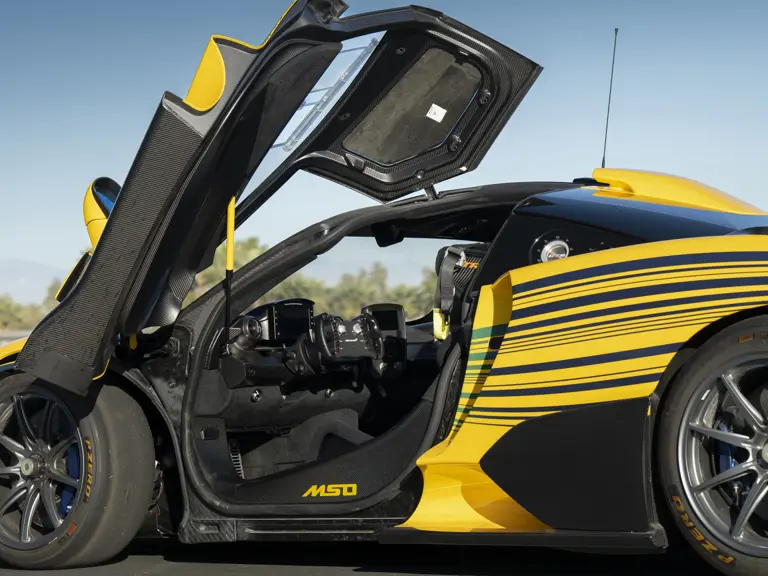
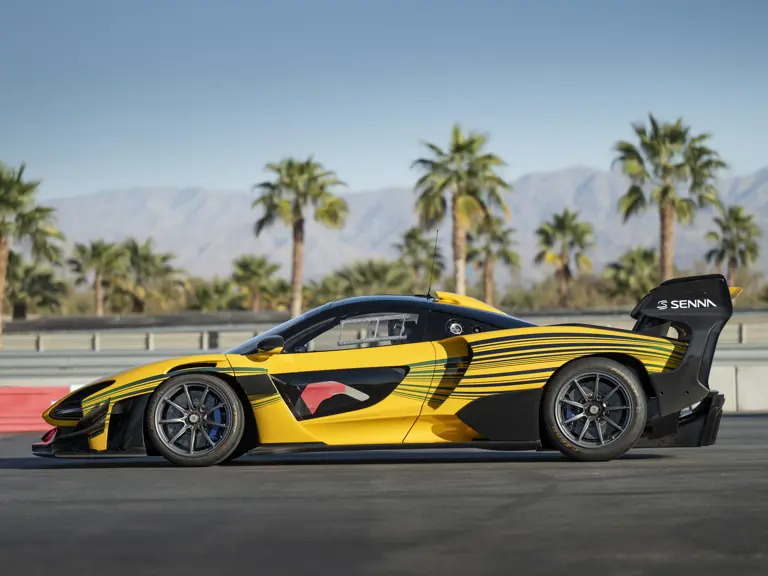
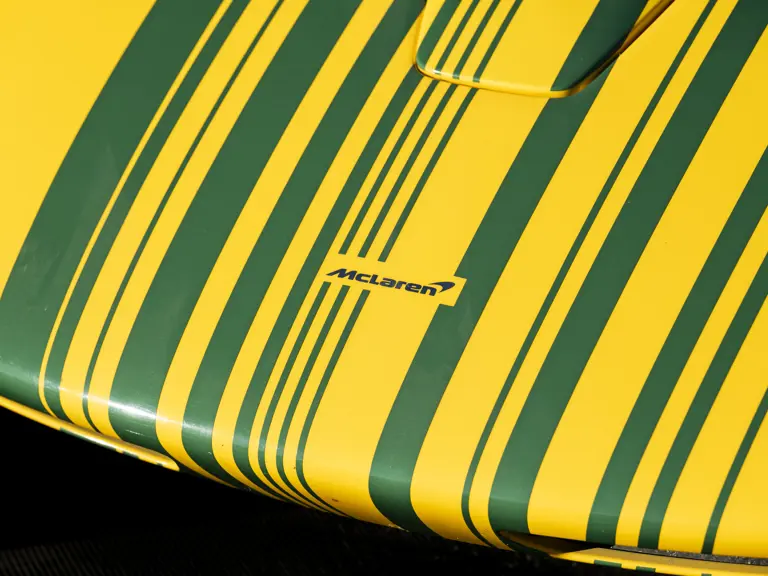
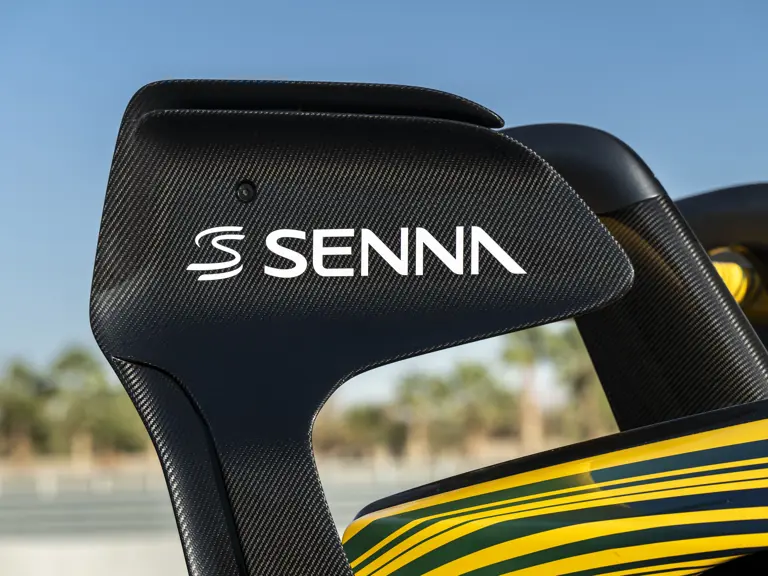

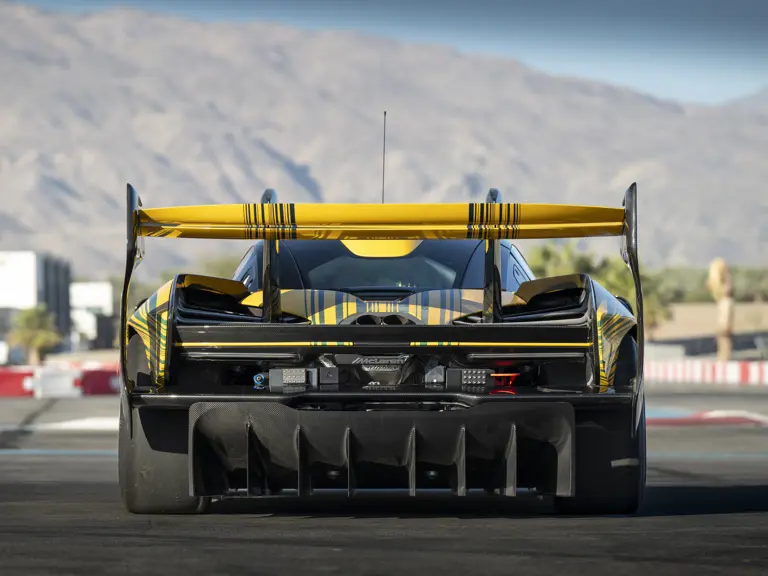

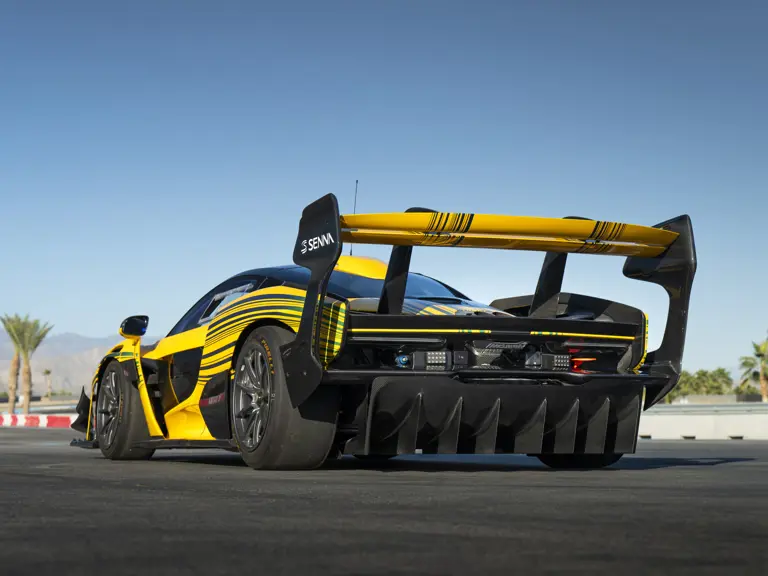

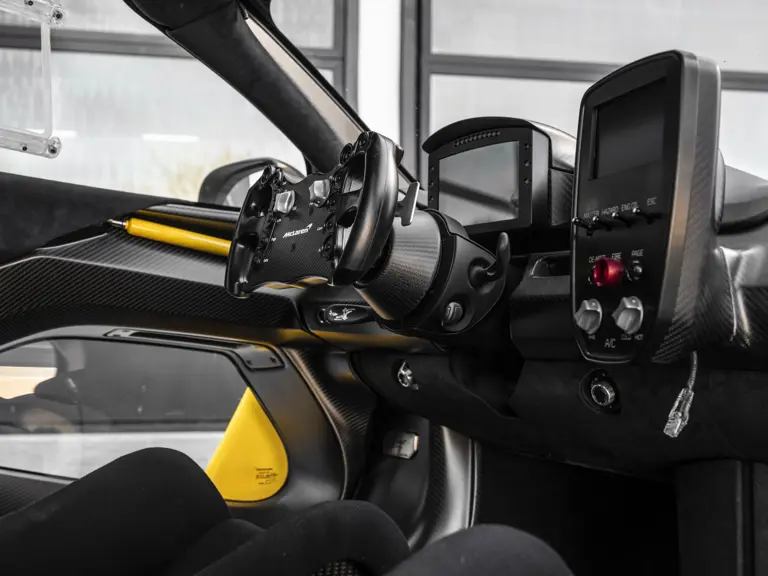
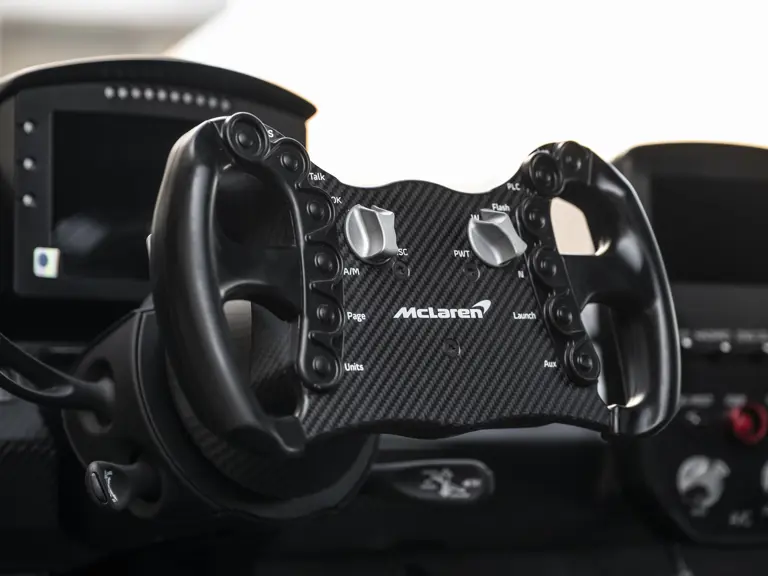
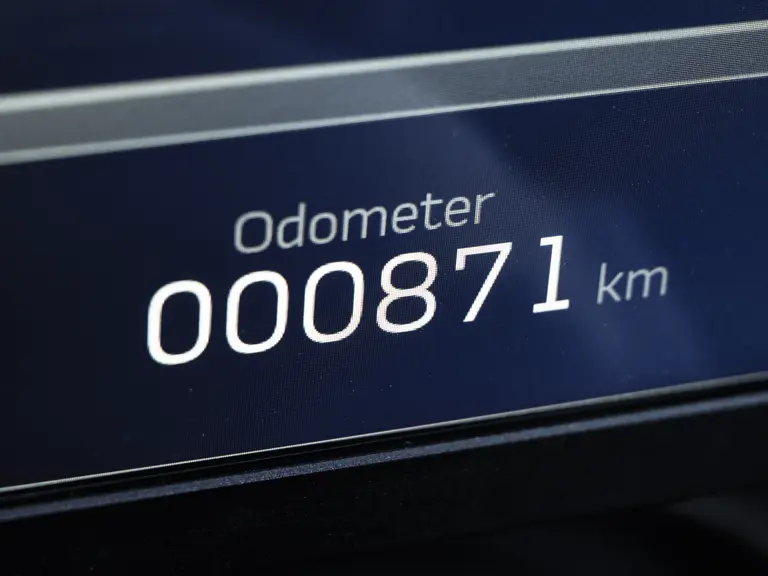

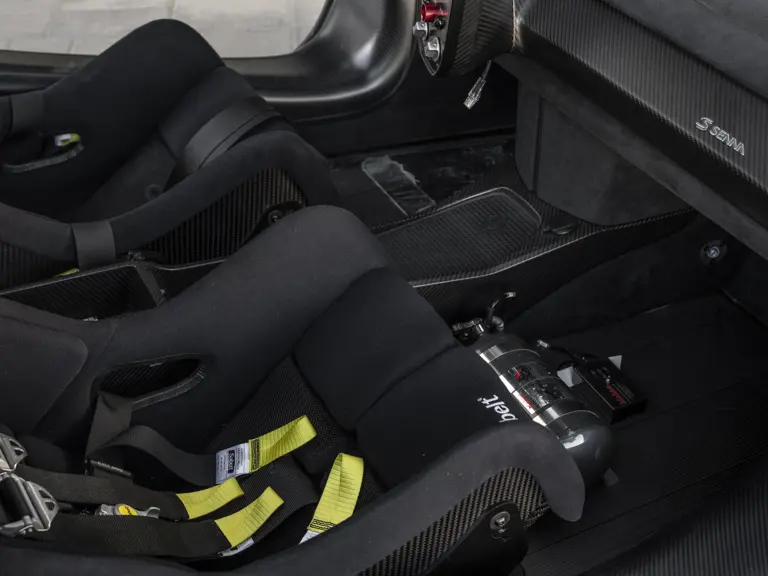

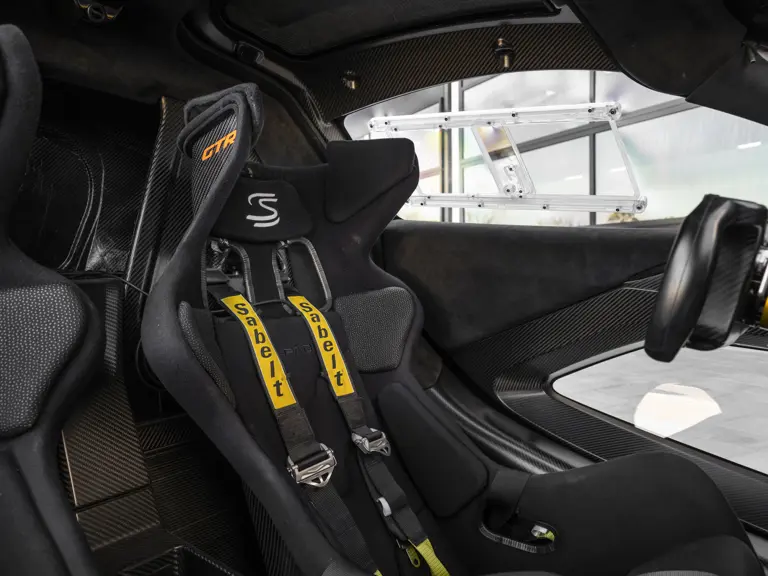
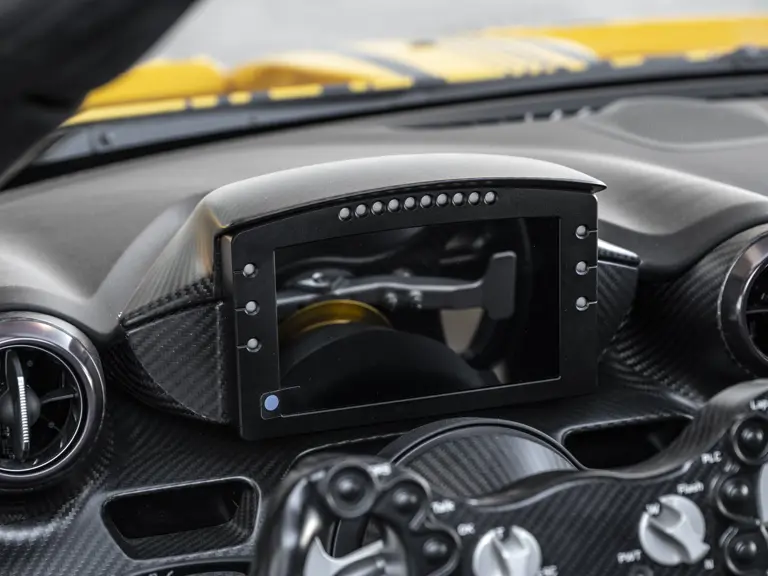

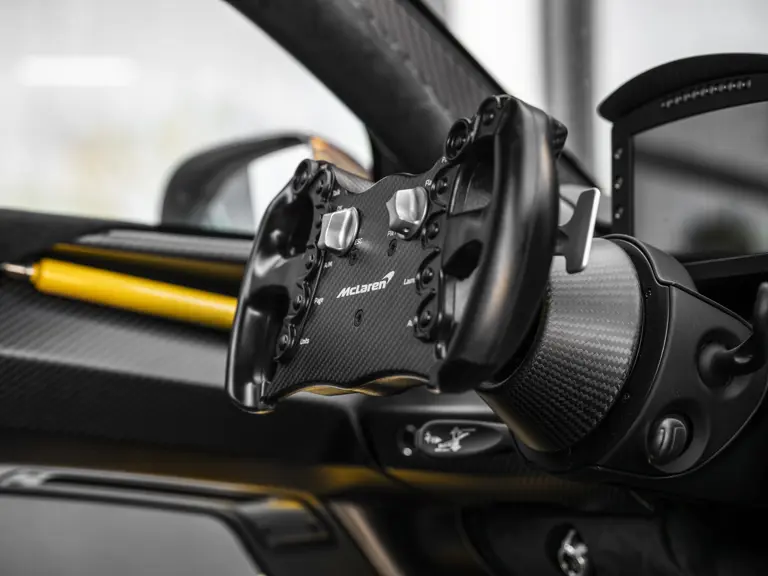
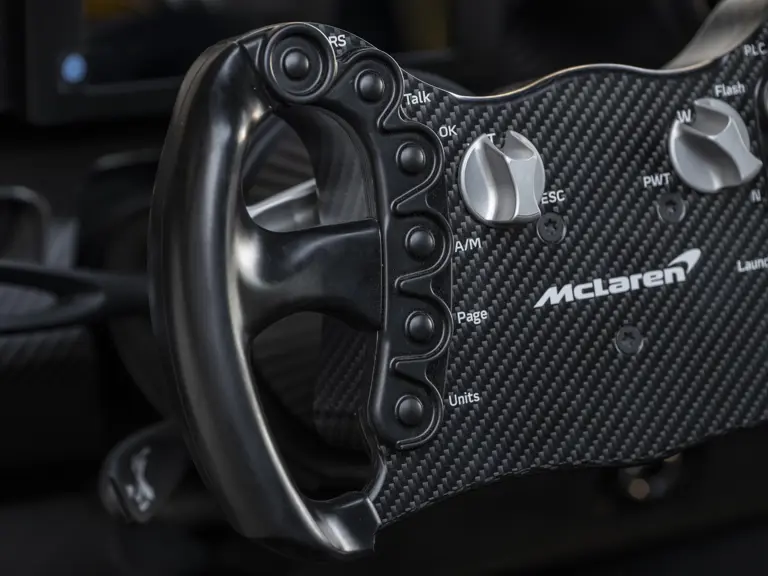
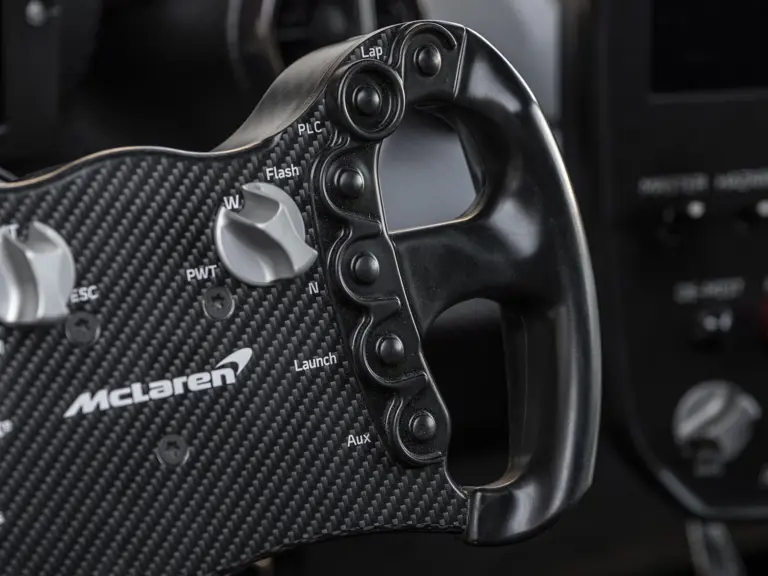



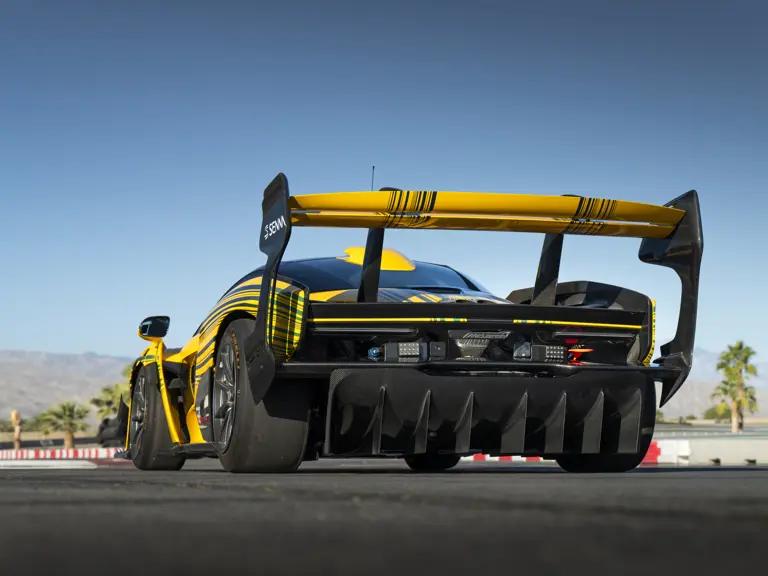
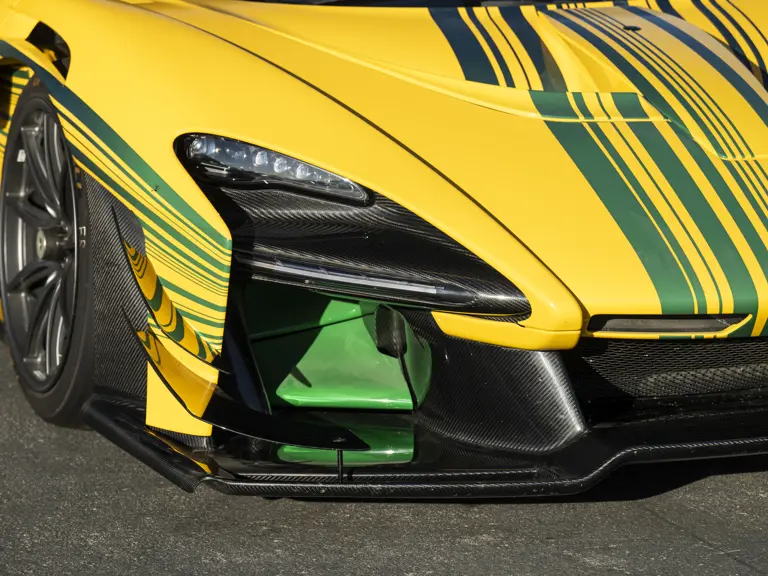

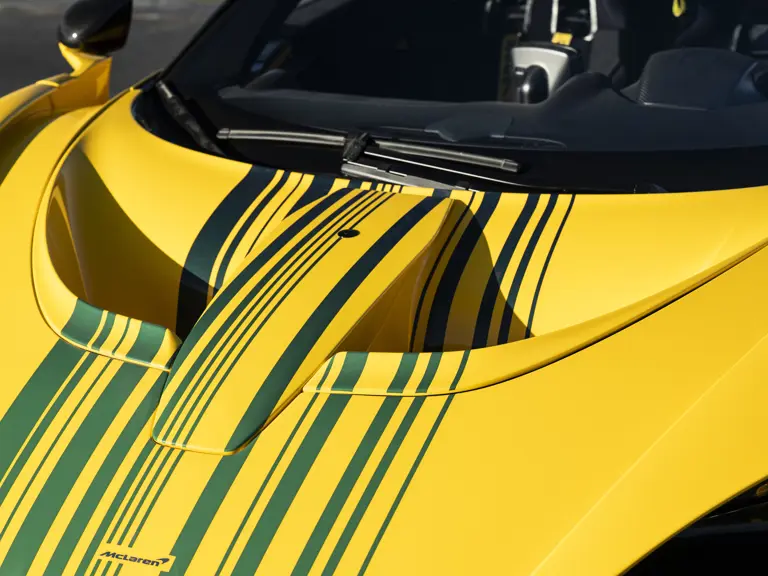
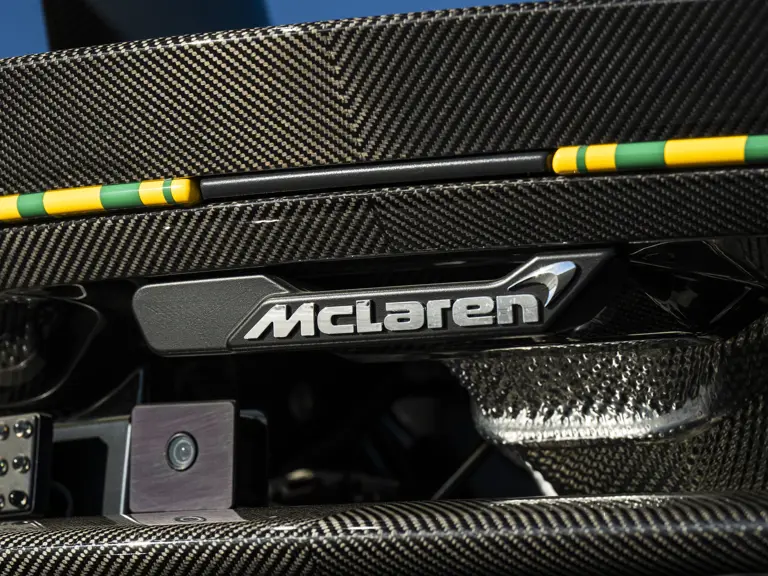
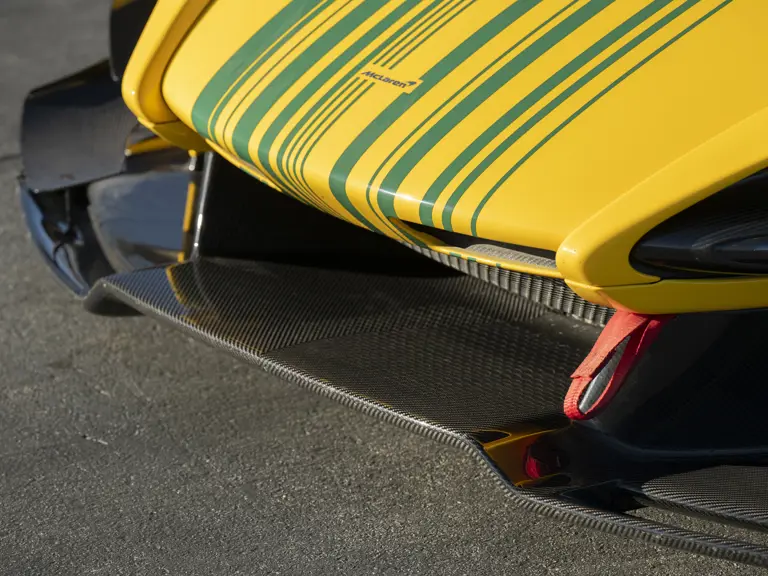
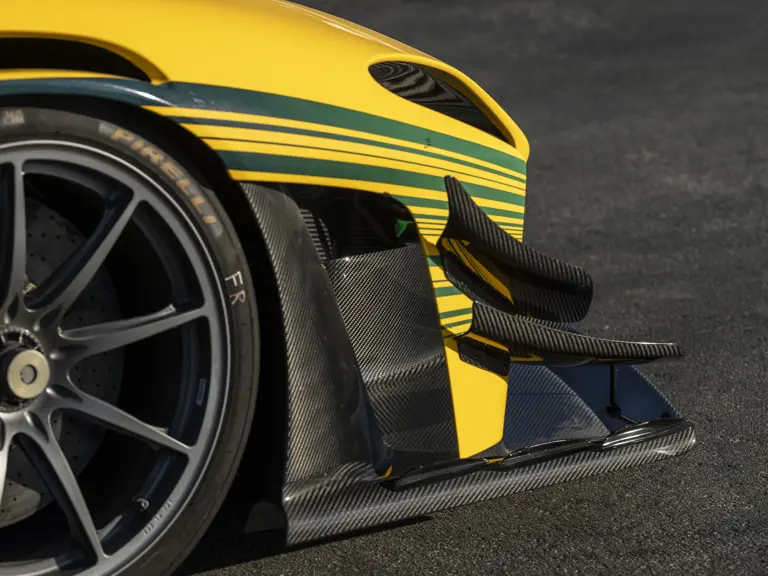
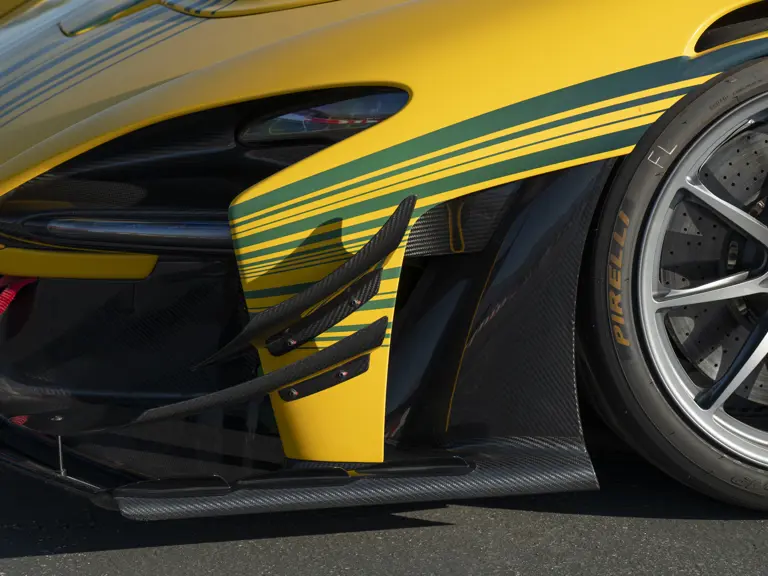
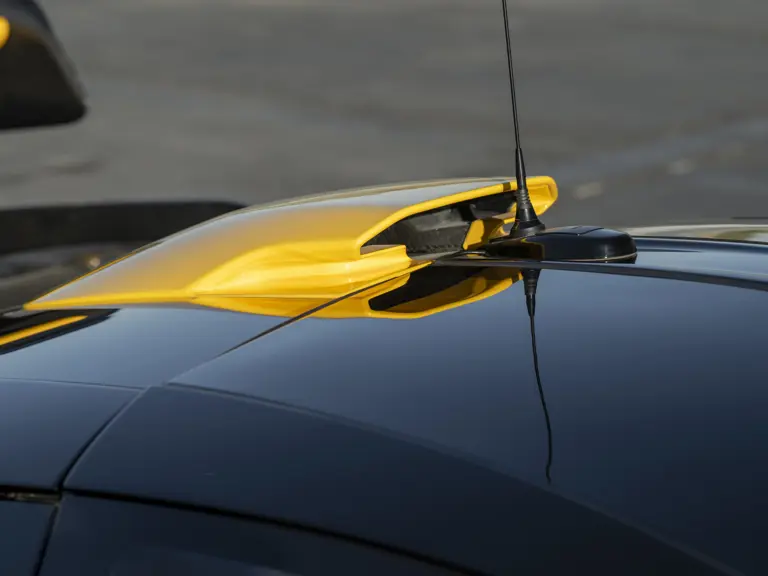
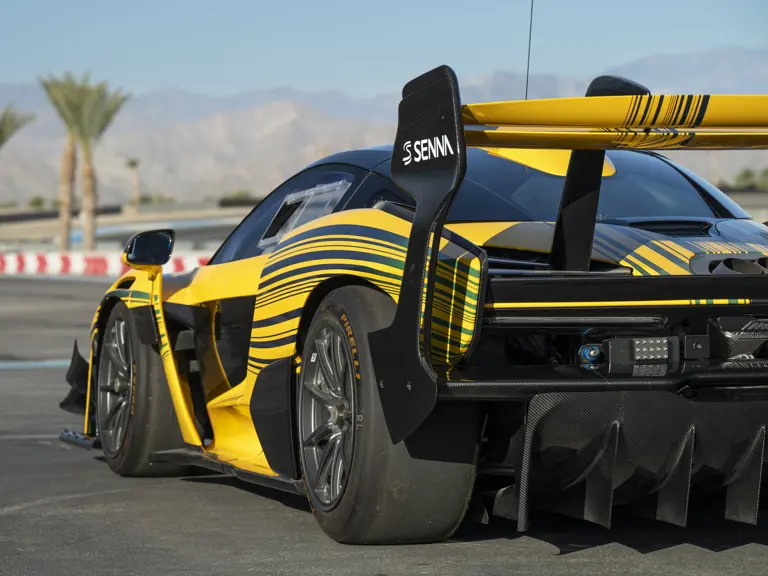

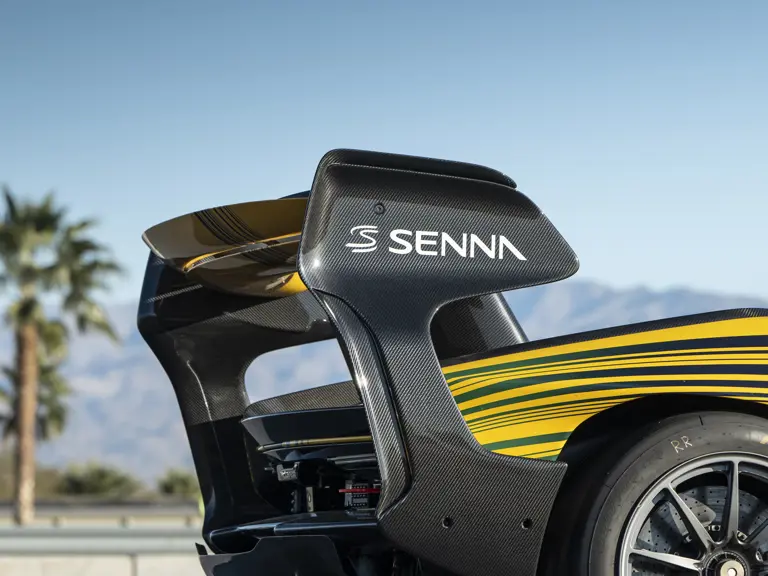
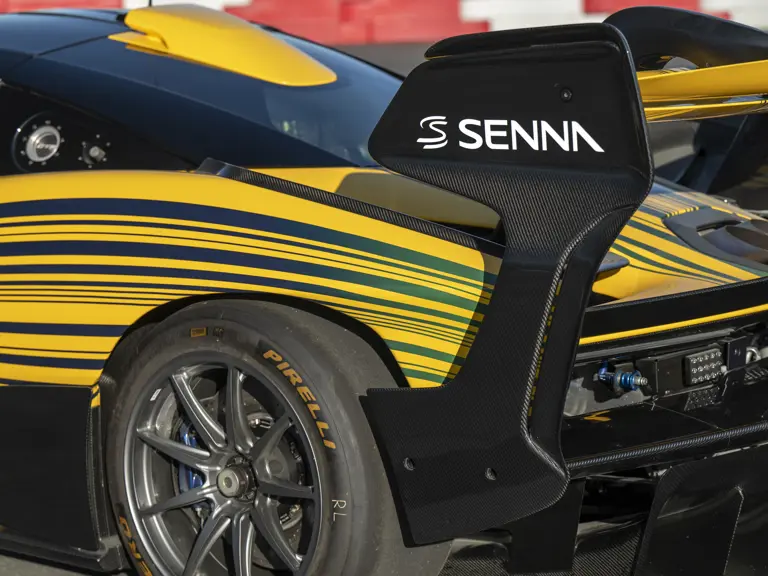
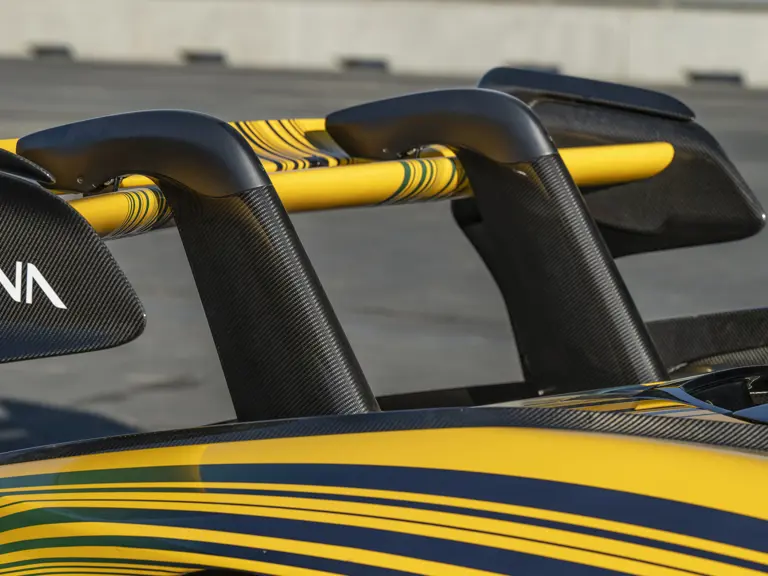
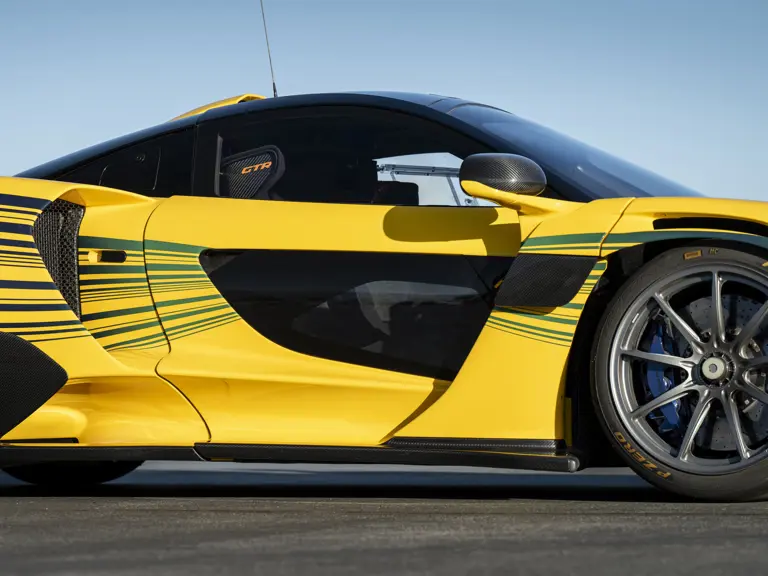

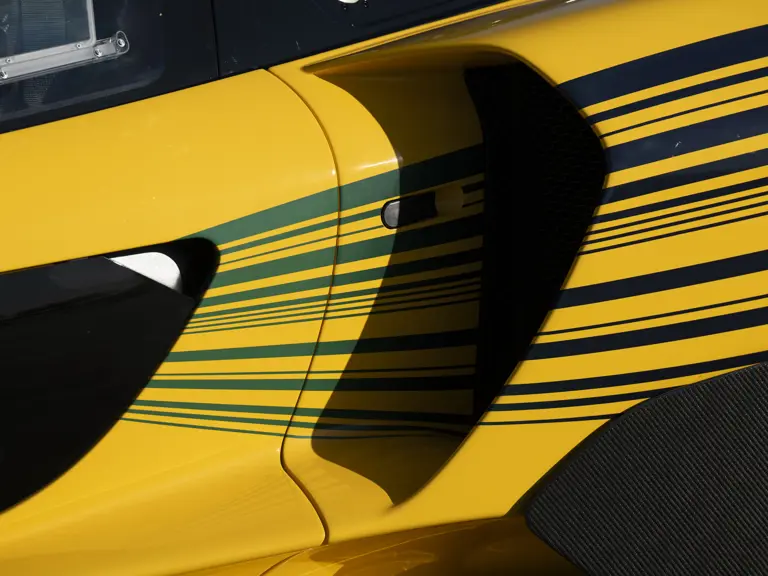
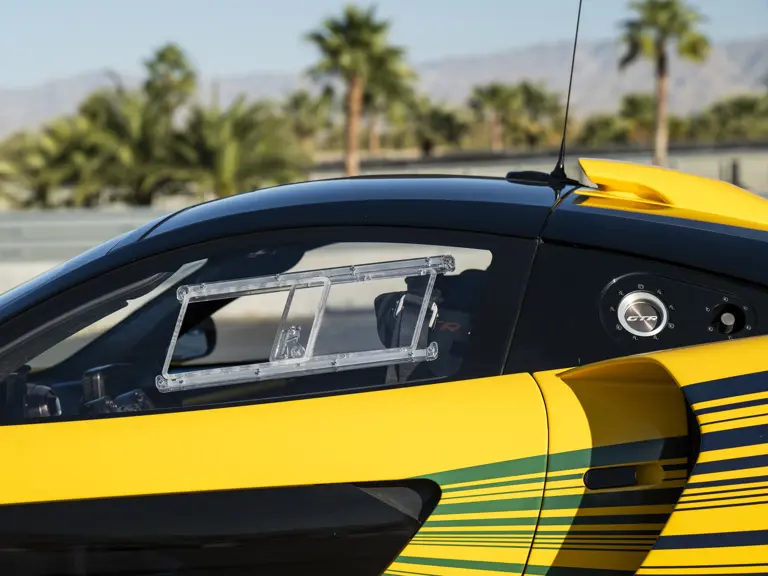
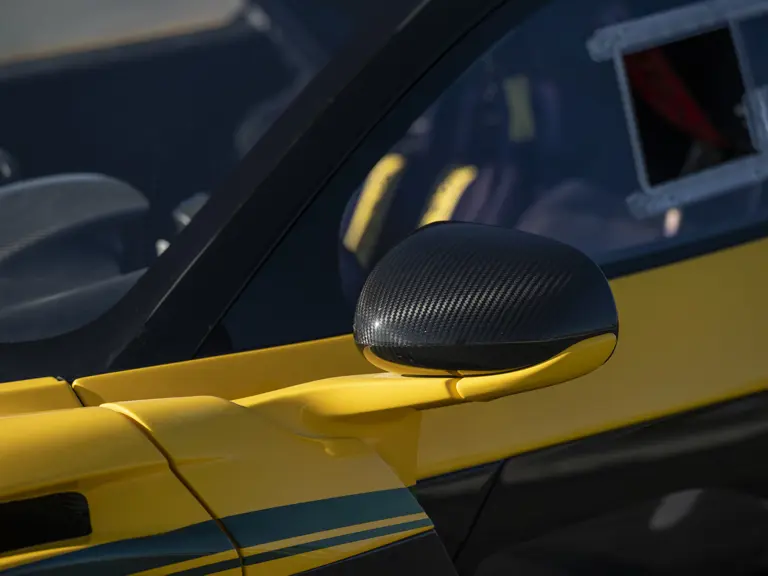
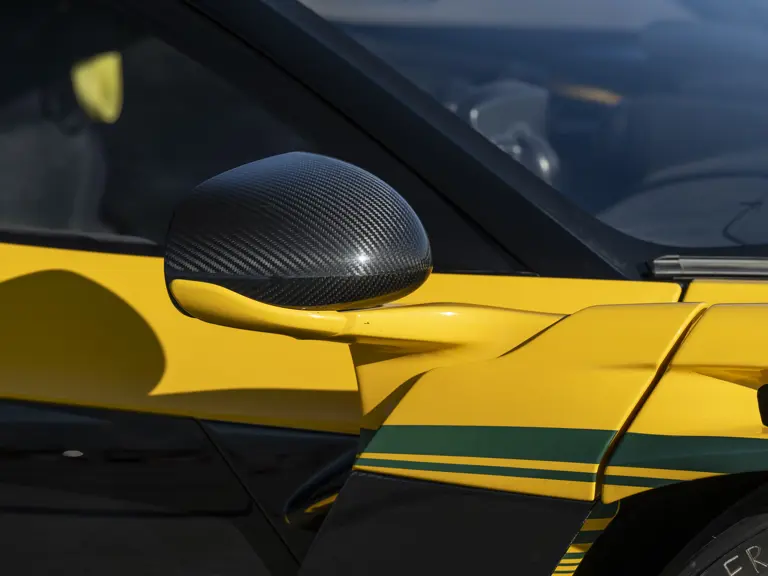

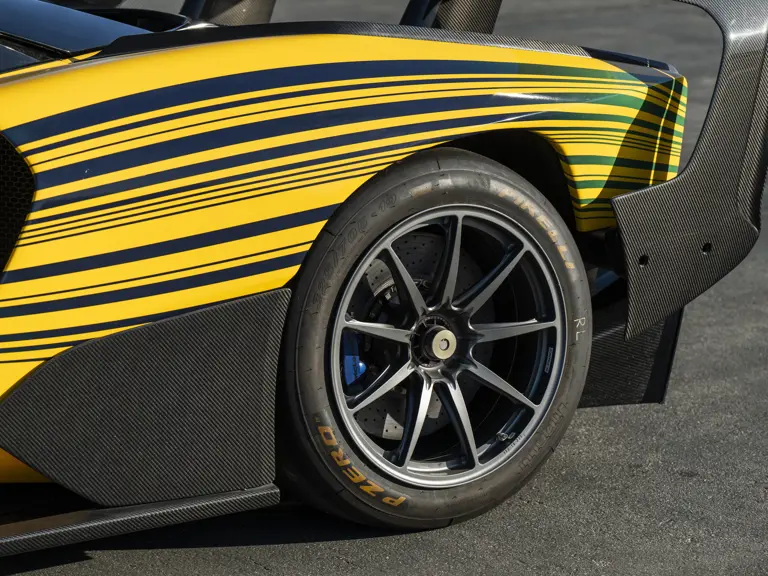

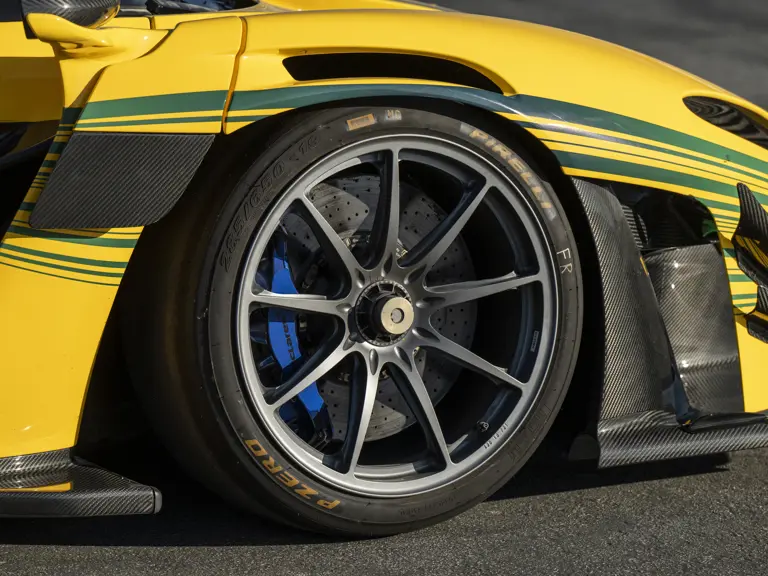

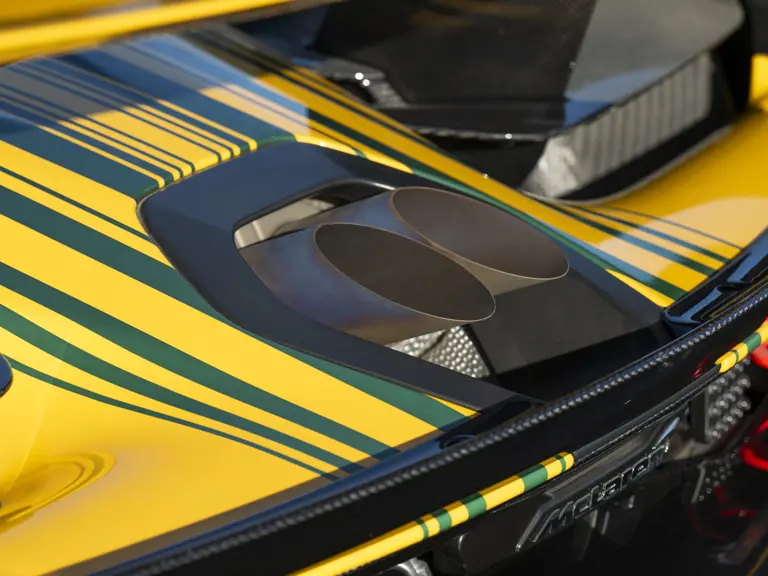
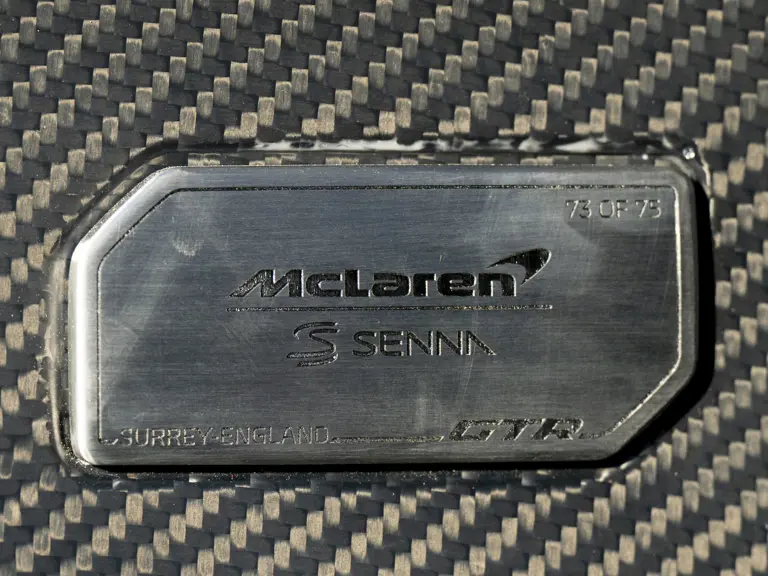
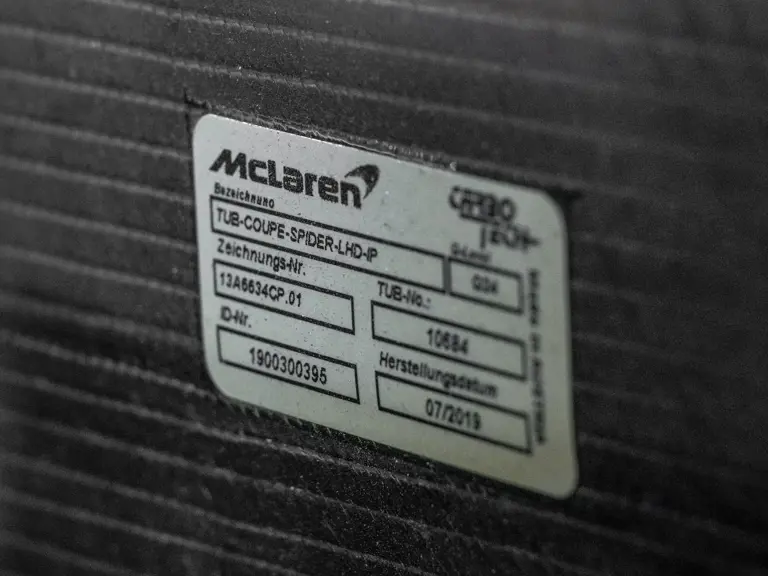
 | Phoenix, Arizona
| Phoenix, Arizona
